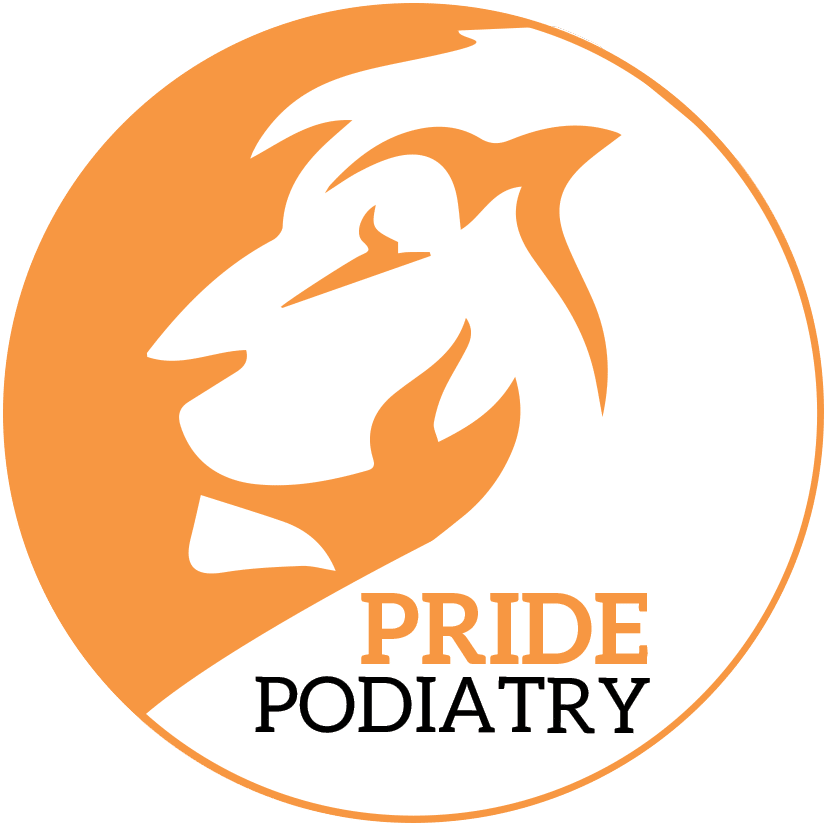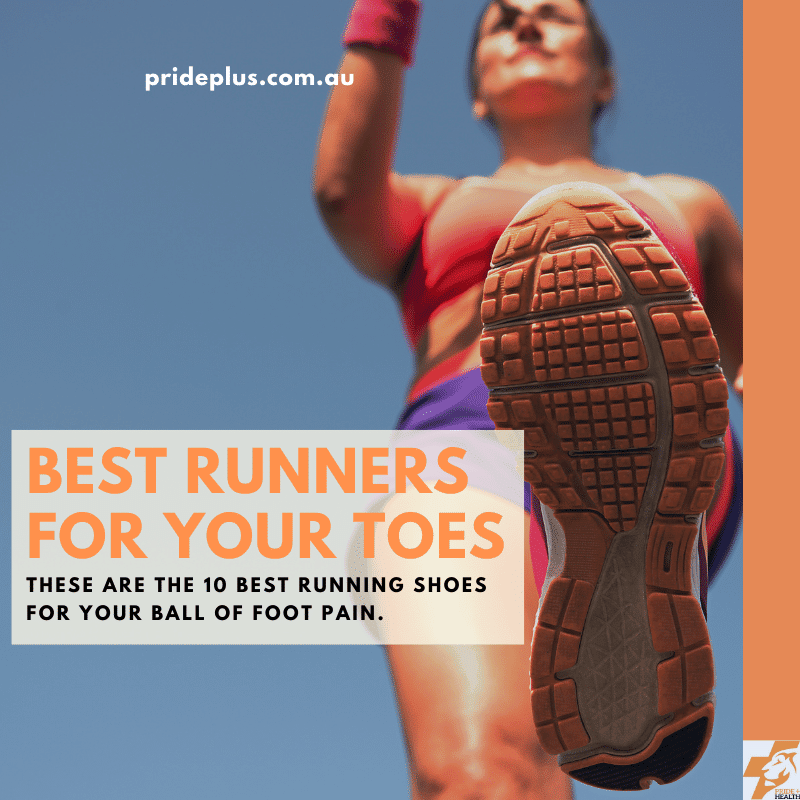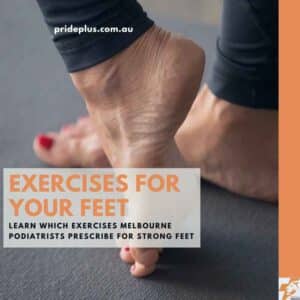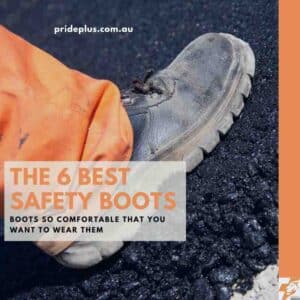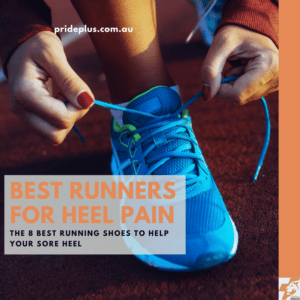The 10 best running shoes for ball of foot pain as chosen by our keen runners expert podiatry team. Updated April 2024 (shoe updates pending for the 2nd half of 2024 also, stay tuned).
Key Points
- Stats and jargon used to describe running shoes
- Then we get into the shoes themselves
- How to buy and fit your running shoes
- Finally a lightning round of frequently asked questions
Got ball of foot pain?
It’s a real killjoy on the running trail. We see it, we solve it daily at Pride Podiatry. This isn’t a “one shoe fits all” scenario.
Our podiatry team, passionate runners themselves, have put their heads and feet together to bring you a list of the top 11 running shoes that tackle that pesky ball of foot pain.
Each shoe is a game changer, turning each stride from a wince to a win. Dive in, find your fit, and let’s put that pain behind you.
But first, as your podiatrists, we see a lot of you with ball of foot pain. It might be pain in the big toe joint (known as the 1st MTPJ). Or it could be in the complex area in between the 2nd and 3rd toe joints.
In the clinic we accurately diagnose what your pain is, and what’s causing it.
We’re able to be specific as to whether your ball of foot pain is turf toe, capsulitis, sesamoiditis, a neuroma or bursitis.
For the purpose of this guide we’re going to group them all together as ball of foot pain.
If you want to get your exact, super specific diagnosis, you’ll need to get a thorough assessment with our team.
The 10 Best Running Shoes for Ball of Foot Pain
- On Running CloudMonster 2
- Brooks Ghost Max
- Hoka Bondi 9
- Hoka Carbon X 4
- Nike Zoom Fly 5
- New Balance Fuel Cell SuperComp Trainer v2
- New Balance Fresh Foam More v5
- Asics Nimbus 26
- Adidas Adizero Pro 3
- Saucony Endorphin Speed 4
Stats & Info
The stats we’re presenting for each shoe are important to consider when thinking about best running shoes for ball of foot pain.
The weight in grams is standardised to a Men’s size 9 US shoe. The heavier the shoe, the more you have to carry when running or walking which can negatively affect running economy. This extra weight is often offset with extra features.
For example if you’re running longer distances over gravel you’ll want the extra weight of a nice thick midsole.
The drop and stack height are related measures.
The stack height is how high the midsole of the shoe is and is measured under the heel and the toes. The drop is the difference between the two.
Higher stack heights = more foam.
Great for shock absorption but also requires some adapting to if you’re not used to it, or if you have poor proprioception. A bigger drop can lead to greater loads on the forefoot, but not always. You also have the option of recovery slides for ball of foot pain. Slides can help when you’re not running and want a shoe that’s lighter and cooler than a closed running shoe.
On Running CloudMonster 2
Weight: 295g, Drop: 6mm, Stack Height: 35mm/29mm
On Running are the new (Swiss) kids on the block when it comes to performance footwear.
With their appropriately titled CloudMonster 2, On Running have taken their patented cloud sole and built it up thick with a decent forefoot rocker up front. For those with ball of foot pain there’s a full length speedboard, which is On Running language for a stiffening plate under your foot within the sole. This gives you plenty of energy return (it feels springy!) without bending your toes and increasing the load across the ball.
We’ve tested this shoe extensively in clinic and running around Melbourne. We’re very happy with the CloudMonsters lighter weight yet still supportive sole. On’s dedication to sustainable manufacturing processes also aligns with our own values.
Brooks Ghost Max
Weight: 283g, Drop: 6mm, Stack Height: 28mm/22mm
Brooks have been absent from our list of the best shoes for forefoot pain for many years now, but with the Ghost Max – they are back baby.
What Brooks has done with this shoe, the Ghost Max (not to be confused with their long standing favourite, the Ghost) is nothing short of a miracle.
You see, they’ve managed to stiffen the forefoot, give you plenty of underfoot cushioning, and kept the weight in check. All without wildly chucking a carbon fibre plate in the shoe just because what everyone else is doing.
How they’ve managed to create this podiatrists favourite of a shoe is by using thicker guide rails down the side of the sole to stiffen without adding much weight. They’ve also tested this shoe in the lab and found that across 10 different subjects (that’s people), the maximum amount of big toe flexion (bend) was 19 degrees.
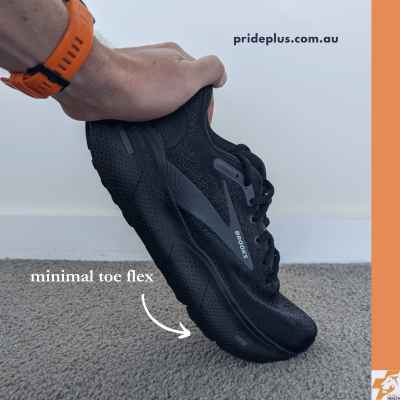
This is a seriously low number, meaning that anyone who struggles with any type of ball of foot pain is likely to benefit from this shoe.
In our run testing, Ghost Max has a maximalist feel to it. You’re not going to feel like running fast in these shoes, but you are going to feel like running a long way. And walking too, this shoe is built for walkers.
We’ve been prescribing the Ghost Max in clinic for clients with forefoot pain who need to decrease peak toe flexion; as well as those who are coming back post surgery after spending some time in a moon boot.
While it’s a bit much shoe for those of us who want to run under 4:30min per Km pace it’s a plush recovery shoe for winding down and getting some miles into your legs.
Lots of widths and both bright and plain colours make this shoe a great option for a wide variety of people and needs.
The Hoka Range
The Hoka range of running shoes have been a welcome addition to the cupboard for both runners and podiatrists.
Since entering the market not that long ago Hoka has managed to carve out a niche of keen runners and happy podiatry clients. How? By building their shoes on a plush stack of cushioned foam with a handy forefoot rocker built in.
Wait, a forefoot rocker? That’s the third time you’ve mentioned that. What is it?
Grab your current pair of running shoes. If they’re not too funky from too many miles, place them on a flat surface in front of you and look at the scoop in the sole under the toes.
This is the forefoot rocker or toe spring.
It encourages forward movement as you move your centre of mass anteriorly.
The big advantages here is that:
- a) you don’t have to work as hard to lift yourself up to move forwards (so less loading on the calf and Achilles area)
- and b) your toes don’t have to dorsi-flex (bend back) as much when under their highest load.
- It’s this b) result in particular which makes the Hoka range so good for runners with ball of foot pain.
Hoka Bondi 8
Weight: 329g, Drop: 4mm, Stack Height: 39mm/35mm
The original “big daddy” of cushioning according to podiatrist Gus McSweyn.
Plush, soft and smooth.
The Hoka Bondi is a full weight mileage shoe which is great for lots of different forefoot pathologies. With multiple width options available for both Men and Women the Hoka Bondi works for most people and deserves its place on this list. For those who need an every day option or prefer a leather upper the Bondi comes in a fully black leather variant.
Great for nurses & doctors on busy wards, security guards and all those other professions where you’re on your feet for hours and hours per day.
The Bondi has been the clubhouse leader for podiatrists recommending shoes for daily use for many clients with ball of foot pain and it’s still a great option. However, with the Brooks Ghost Max the team from the US has taken aim at the Bondi and pulled off the unthinkable – building a Bondi beater.
If you’ve had success with the Bondi in the past, you can now have the choice of colours, fit and feel as you compare it to the Ghost Max.
Hoka Carbon X3
Weight: 239g, Drop: 5mm, Stack Height: 32mm/27mm
This shoe from Hoka is for runners who get forefoot pain and want to still run far, and fast.
Hoka have infused their soft cushioning foam, keeping a decent stack under foot and placed a carbon fibre plate in there to stiffen and reduce toe flexion even further.
By combining a very light weight yet super stiff carbon plate inside the midsole Hoka have managed to borrow heavily from Nike’s leading work here to deliver a shoe that remains light and requires minimal effort by the toes to propel you forwards.
One of the challenging things about this shoe is actually getting your hands on (and feet in) to a pair.
It’s a popular shoe and limited where it can be sold by Hoka’s Australian distributor. If you see a pair in the wild, in your size, grab them.
The Nike One
Nike, that little brand from Oregon (ok, we know you’ve heard of them) are one of the most consistently innovative running shoe companies of all time.
This innovation has led to some truly great advancements in running shoe tech in recent years.
Their move to use different shaped carbon fibre plates within their runners and constantly trialling new foams in their shoes leads us to confidently recommend these two options.
Their flagship running shoes (the Alphafly and Vaporfly) are also very close to making this list.
Nike Zoom Fly 5
Weight: 270g, Drop: 8mm, Stack Height 41mm/33mm
The Nike Zoom Fly has been around for a couple of years now combining a carbon fibre plate with a nice soft cushioned foam.
With the 5, Nike have moved this shoe away from the lightweight, super fast territory and into the more supportive (and comfortable) training zone.
While this change offended those who used the Zoom Fly of old for their fast and tempo runs, the Zoom Fly 5 is now supportive enough to allow heavier runners, slower paces and longer runs to experience the benefits of Nike’s exceptional ZoomX foam and carbon fibre plate.
If you’re running 5Km up to Marathon distances and want to keep going faster (but you’re not pushing out your Km’s in under 4 minutes) this Zoom Fly could be the running and racing shoe for you.
While there’s a bit too much shoe here for the elites, for many of us (including your Pride Podiatrist writing this summary) the Zoom Fly 5 is the shoe I go to when I want to feel like I’m running fast.
Fit can be a little tricky with this shoe as widths are not an option.
The Asics One
Asics Nimbus 26
Weight: 300g, Drop: 8mm, Stack Height: 41mm/33mm
There’s not too many shoes that make it to model 26, and with their 26th version Asics has made the Nimbus with people with ball of foot pain in mind.
For the last few years Asics shoes bucked the trend by getting heavier and heavier but finally, the brand from Japan has come around to lighter shoes with softer, lighter cushioning.
With the Nimbus 26 you get a full thickness midsole with a decent (unplated) forefoot rocker.
The upper is also thick and soft making this one of the more comfortable “first feel” shoes we’ve ever tried on.
Oh, and Asics are making the Nimbus in a bunch of widths, sizes and colours.
Meaning, if you need a runner or walking shoe that accommodates all different sized feet and orthotics well – the Nimbus should be high on your list to try.
The New Balance Pair
New Balance Fresh Foam More v4
Weight: 304g, Drop: 4mm, Stack Height: 38mm/34mm
Now this is a shoe and a half.
The Fresh Foam More v4 gives you more… More of New Balance’s proprietary Fresh Foam under foot with a whopping forefoot rocker.
As always, New Balance looks after a variety of different foot shapes and sizes. In Australia they only have the Wide variant however online there is a standard width available from international suppliers.
Another plus is that there is plenty of depth in this shoe if you have to fit both a high volume foot and an orthotic in there.
New Balance FuelCell Supercomp Trainer v2
Weight: 275g, Drop: 6mm, Stack Height: 40mm/34mm
We’re getting into the more expensive shoes here with the additions of carbon and premium light foams.
The FuelCell Supercomp Trainer v2 (why do New Balance make their shoe names so tricky to remember?) is maximally cushioned with a big stack height of New Balance’s premium cushioning.
While you’re not going to be feeling every piece of gravel through all that foam – you are going to have the option to pick up the pace.
This shoe feels just as good on long, slow recovery runs as it does on the hills and during speed work.
So good in fact, you could get away with this being your shoe of choice for some pretty quick half and full marathons.
The Adidas One
Adidas Adizero Pro 3
Weight: 215g, Drop: 6.5mm, Stack Height 39.5mm/33mm
Supershoe klaxon!
The Adidas Adizero Pro 3 is the long distance racing shoe that’s winning marathons and awards left right and centre.
So how’d the Germans do it?
Adidas have their lightest, softest foam, and absolute bucketloads of it under foot. They even ramped up the cushioning under the forefoot an extra 2mm from the previous model.
Their big point of difference from other companies using carbon plates is carbon rods. In rod we trust! Well, 3 of them run through the middle to forefoot region of the shoe providing stiffness without adding weight. Couple that with a sharp forefoot rocker or toe spring and you’ll feel you’re being launched forwards every stride.
While the Adizero Pro 3 has its place for runners looking to run long and fast distances (with or without ball of foot pain), it’s not for everyone. There’s no width options, and limited colourways.
Did we mention it’s fast?
The Saucony One
Saucony Endorphin Speed 4
Weight: 233g, Drop: 8mm, Stack Height 36mm/28mm
While Saucony has a range of Endorphin shoes, it’s the Speed that makes this list.
I’ll put my hand up and say, in the past I’ve not had a great affinity for Saucony running shoes. Just something about the fit and feel for my stride, they’ve never really clicked for me.
Until now.
I love the Speed 3!
Whether it be my long run or fast runs, the Speed 4 is my shoe I just love to lace up and head outside (provided it’s dry, the grip is not great in the wet).
So what’s different? For starters, the Speed 4 is a light shoe that doesn’t feel like the upper is trying to be all stripped back and “racy”. You still get soft material hugging and holding your foot in place.
Then there’s the midsole. And what a midsole. Saucony’s premium light weight cushioned foam feels just the right amount of soft yet springy and responsive when you strike and power through the ground.
An S shaped nylon plate under the forefoot provides that forefoot spring and stiffness that many runners with ball of foot pain need – and others want – to feel fast.
If you want to run distances from 5Km to the Marathon, and do speedwork during the week, the Speed 4 could be the shoe for you.
Lightning Round FAQ
Where should I buy my running shoes?
When getting a new pair of running sneakers, whether you have wide feet, narrow feet or pretty normal feet it’s always best to try them on first.
Trying before you buy can be really difficult if you live in a remote area or work conflicting hours with your local specialty running footwear retailer.
For those who do need to buy online, having a really clear idea of your own foot size (and how different brands vary) helps.
Keep in mind the return policies of online retailers as well. With some stores you can return ill-fitting runners for free, other times the postage and restocking costs can build up. Worthwhile reading any fine print before buying online.
What about Metatarsalgia?
Ok, we are really reluctant to include metatarsalgia information here. The reason being, metatarsalgia is not a diagnosis we use anymore.
In the old days when podiatrists were armed with rusty bone saws and a butcher’s apron, you could easily find your local pod diagnosing metatarsalgia as the cause of your forefoot pain.
These days we’re able to be much more precise and get a diagnosis that relates exactly to your pathology.
If you’ve managed to find someone who is still diagnosing metatarsalgia, or you’ve snuck into that corner of the web and worked out your own self diagnosis then any of the options above would be a solid starting point for your footwear journey.
And the best running shoes for my Bunion?
Depending on whether your bunion is thicker on top of the foot (dorsally) or the side (medially) you will have to check the exact fit of these shoes before you try.
A deep shoe suits those who have a large dorsal bunion (from large osteophytes on the top of the 1st MTPJ).
A wide shoe at the forefoot (but still with a narrow heel) will be best for those with a bigger bunion on the side of the big toe joint. You can read more about bunions and what it is like to live with them here.
What about my orthotic or arch support?
Some of these shoes above accommodate an orthotic really well, others less so.
As this is all general advice, and orthotics are personally prescribed for each individual foot it’s past the remit of this post to say whether you still need to use your orthotic or not.
Best to check in with your podiatrist or our team for a session to find out exactly what is best for you. All our custom foot orthotics are guaranteed so you can be confident in getting a great result.
Do I need a motion control stability shoe for my ball of foot pain?
Just like podiatrists have left the diagnosis “metatarsalgia” in the past, shoe companies are fast moving away from the category motion control shoes.
Back in the 90’s motion control shoes had big chunks of hard foam or plastic on the inside of the sole to limit (or hope to limit) excess rolling in (pronation).
Sometimes, for some runners they worked great. And other times, for other runners not so great. With a bit more research and understanding the biomechanists at the big athletic footwear retailers have sharpened their categorising and moved away from motion control.
Not always completely, but enough that now it’s really not a useful term to steer towards or away from when you’re buying shoes.
So when considering the best running shoes for ball of foot pain don’t stress about whether it’s a motion control shoe or not.
Before you go…
Finding the best running shoes for your ball of foot pain is just one of the first steps you can take to get back to doing what you love.
Walking and running without pain.
We can help you discover if orthotics for ball of foot pain will be beneficial for you. And you might be able to get there faster if you look at the best recovery slides for ball of foot pain too. We also have a post on 3 things you can do immediately to reduce your ball of foot pain.
About the Author

Melbourne Podiatrist (and runner) Tim Mulholland is on a mission to help as many people as he can overcome their pain and get back to doing what they love best. Walking, running, skipping – whatever your passion – Tim and his team of podiatrists at PridePlus Health want the best for you.
